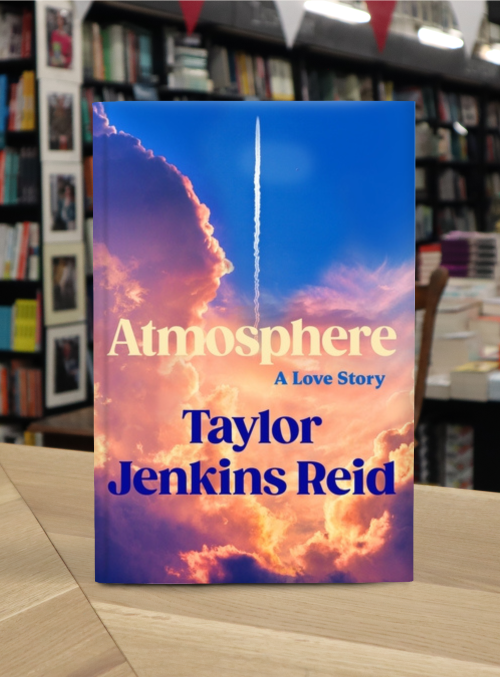

Letters to Camondo: ‘Immerses you in another age’ Financial Times
Edmund de Waal
From the author of the bestselling phenomenon The Hare with Amber Eyes
As you may have guessed by now, I am not in your house by accident. I know your street rather well.
The Camondos lived just a few doors away from Edmund de Waal's forebears. Like de Waal's family, they were part of belle époque high society. They were also targets of anti-Semitism.
Count Moïse de Camondo created a spectacular house filled with art for his son to inherit. Over a century later, de Waal explores the lavish rooms and detailed archives and, in a haunting series of letters addressed to Camondo, he tells us what happened next.
'Illuminating... A wonderful tribute to a family and to an idea' Guardian
'Letters to Camondo immerses you in another age... Dazzling' Financial Times
Product Details
About Edmund de Waal
Reviews for Letters to Camondo: ‘Immerses you in another age’ Financial Times
Sunday Times
This is a marvellous book, elegant, tender, loving, appreciative, disturbing, a reminder of both the fragility and resilience of high culture, indeed civilisation
Scotsman
De Waal is a writer of grace and restlessly enquiring intelligence, and Letters to Camondo succeeds admirably... Edmund de Waal's beautiful book opens a window onto an entire lost world
Evening Standard
De Waal's sentences like to take the historical weight of the objects he describes... An unforgettable book
Observer
It will make you think differently about trunks in the attic and it will make you read old letters with new eyes
The Times
Consistently illuminating... excellently illustrated... De Waal's excavation of the meanings of assimilation is considered, compassionate and appreciative of its costs... he is a wise guide to people and things that are dispersed and are collected... This book is a wonderful tribute to a family and to an idea
Nicholas Wroe
Guardian
More than chronicling the [Camondo] family's splendor and tragic end, de Waal has created a deeply hued tapestry of a lost time and a poetic meditation on grief, memory, and the fragile consolation of art... A radiant family history.
Kirkus
Letters to Camondo immerses you in another age - one as sharply torn with rifts and bigotry, political uncertainty and changing fortunes as our own - but also a time of grace and the deliberate cultivation of pleasure... de Waal creates a dazzling picture of what it means to live graciously
Nilanjana Roy
Financial Times
Letters to Camondo... is subtle and thoughtful and nuanced and quiet. It is demanding but rewarding. It will make you think differently about trunks in the attic and it will make you read old letters with new eyes
Laura Freeman
The Times
I was deeply moved... [de Waal] has found a way to meditate on exile, migration and polarisation that feels painfully relevant
Johanna Thomas-Corr
Sunday Times
This is a marvellous book, elegant, tender, loving, appreciative, disturbing, a reminder of both the fragility and resilience of high culture, indeed civilisation
Allan Massie
Scotsman
A slim elegant volume of beautifully written letters
Louise Carpenter
The Times
Letters to Camondo tells de Waal's version of the Camondo story... layers of memories, hopes, fears embedded in the Musée Camondo brought alive...remarkable
Jackie Wullschläger
Financial Times
Moving... beautifully produced... I visited the Musee Nissim de Camondo some dozen years ago. Now I long to go back
Gillian Tindall
Literary Review
De Waal's ability to conjure up the personality of a character long dead through his possessions is a joy... A moving picture of the Jewish condition in Europe, always ready for flight once the scapegoating begins again, is made starkly apparent... In de Waal's hands objects stand for much bigger truths, of questions of loss and injustice
Oliver Basciano
ArtReview


